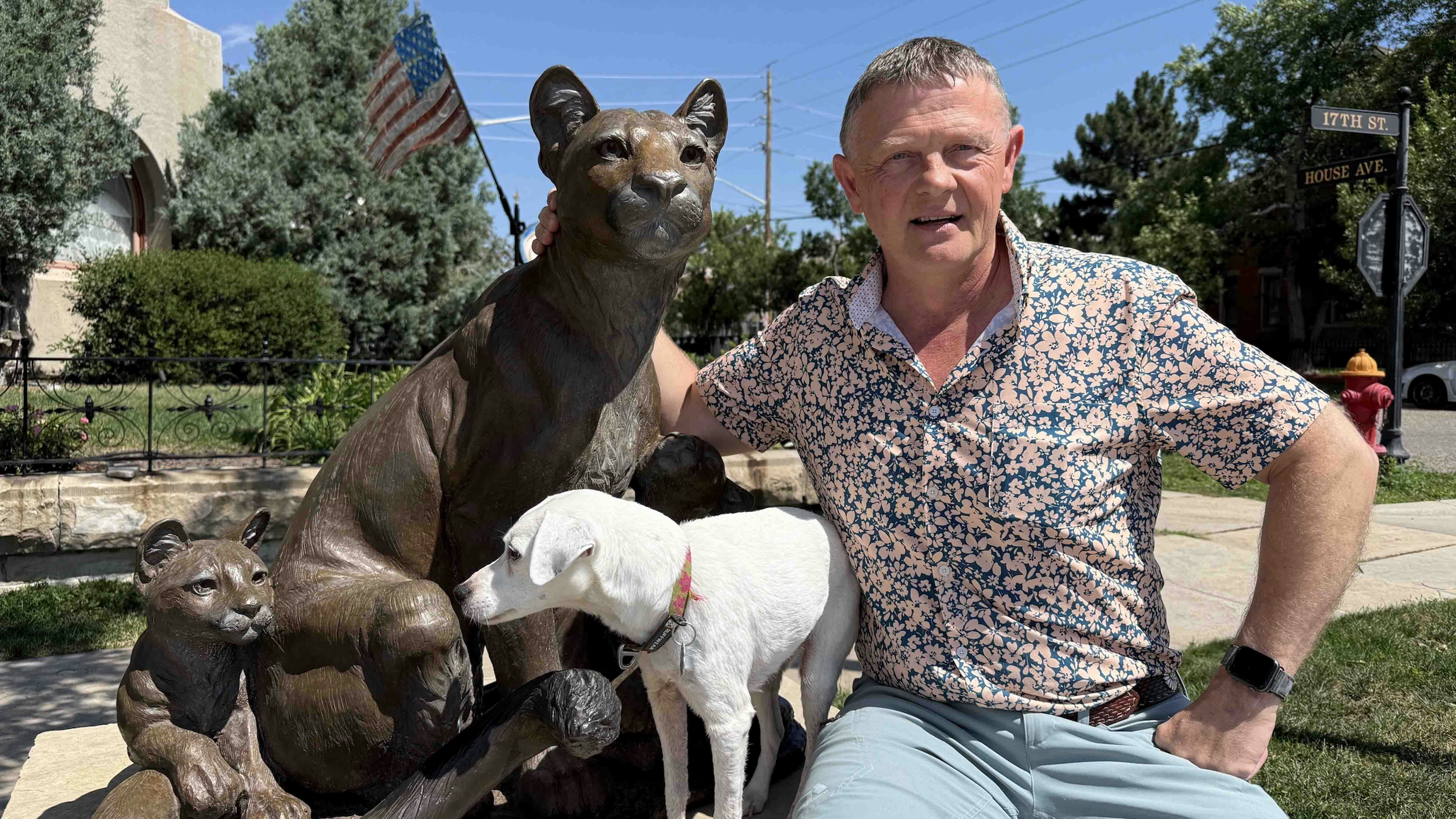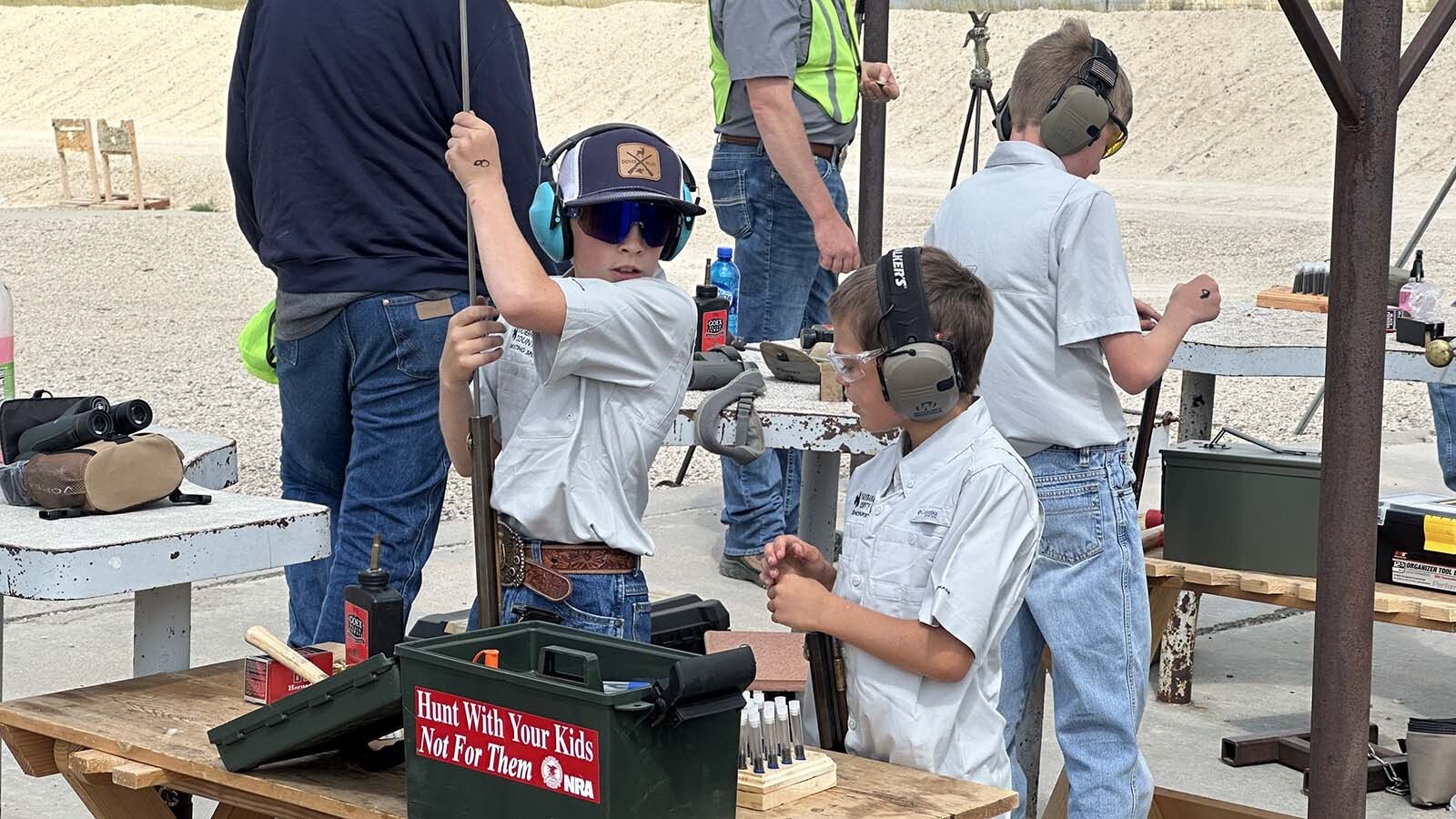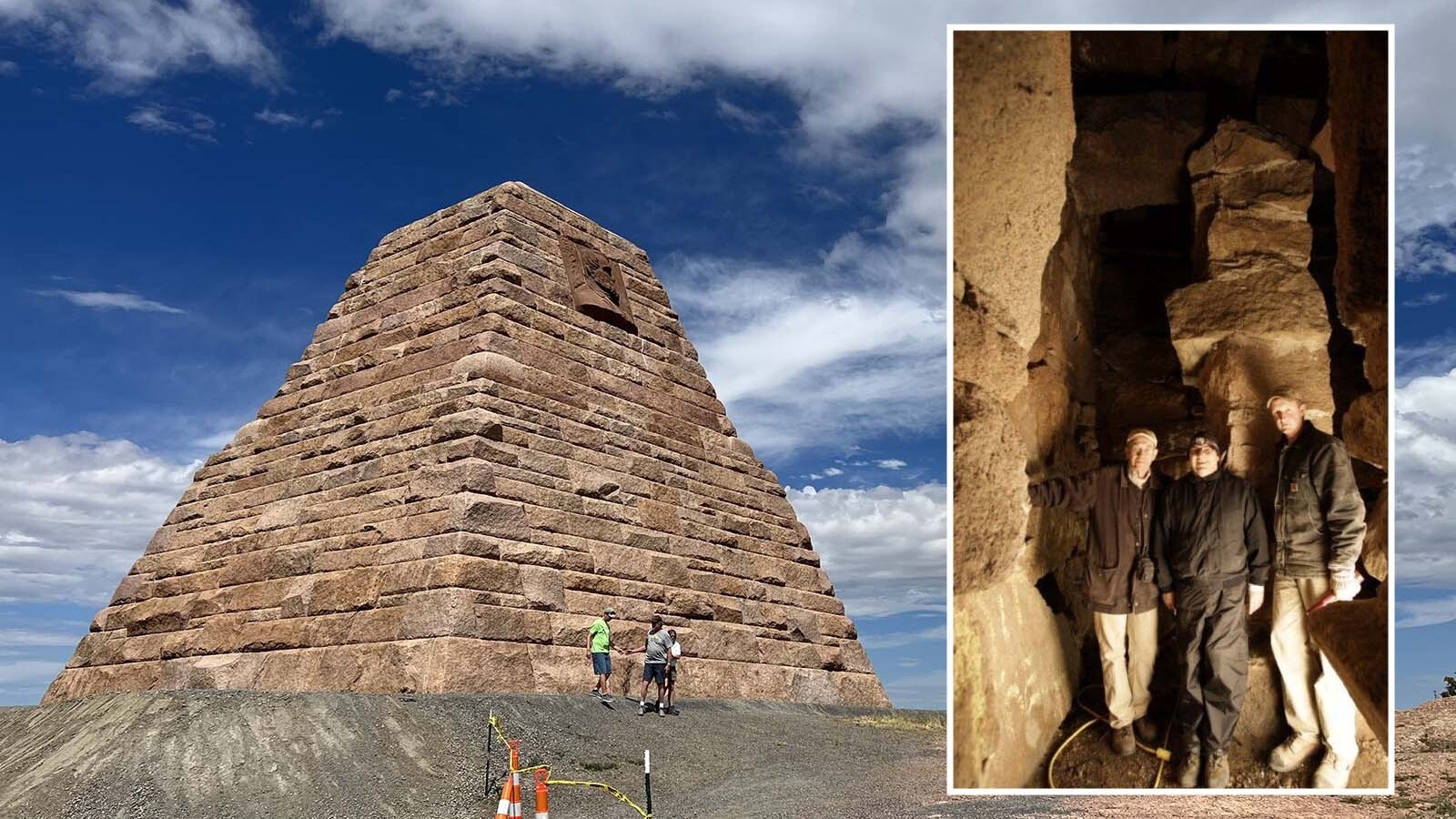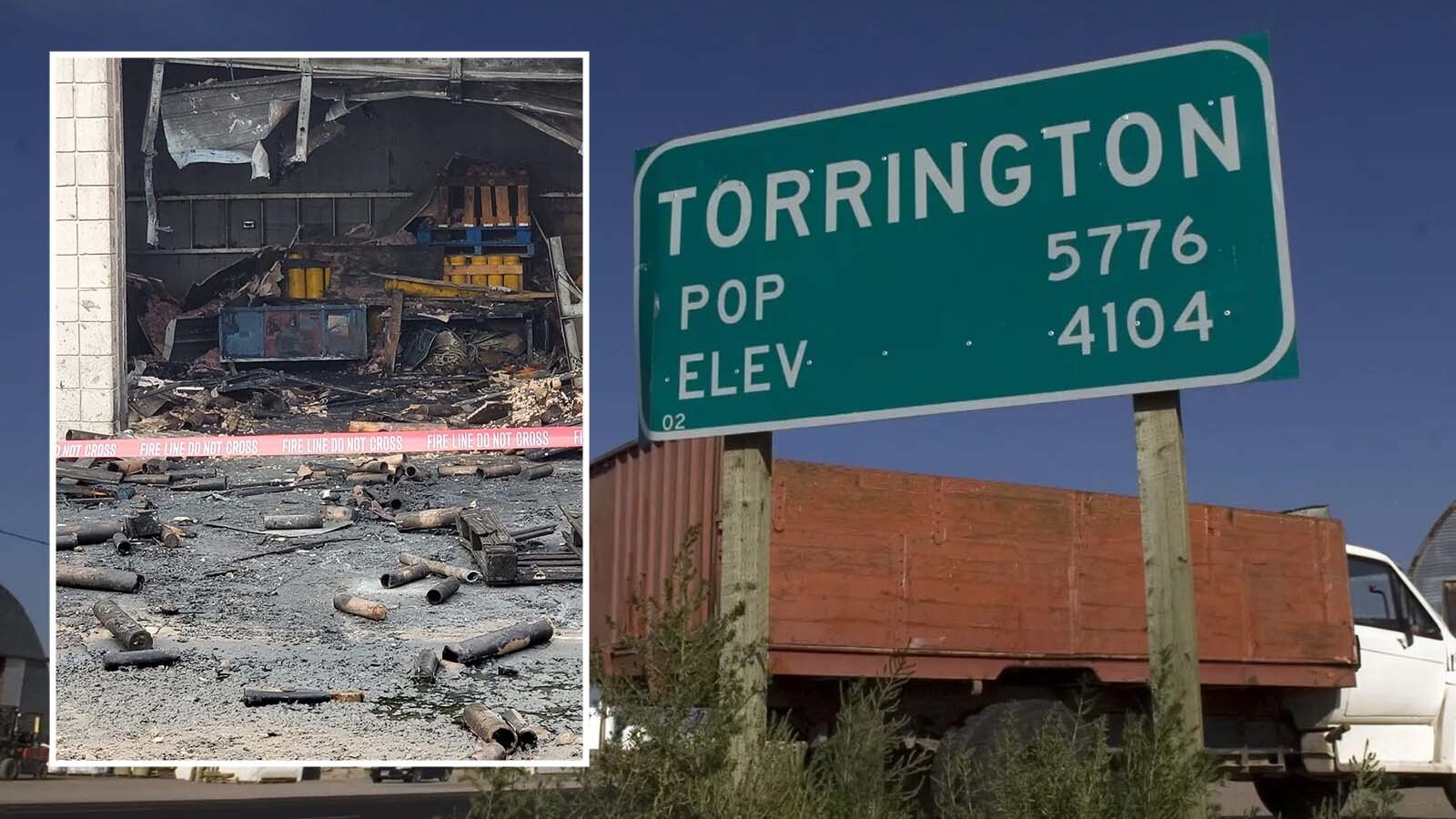Cowboy hats are a natural fit for Wyoming. Next to Texas, there isn’t a state in the Union where a John B. Stetson is quite as ubiquitous in fashionable accessories.
With so many newcomers and visitors to the Cowboy State, a few lessons are probably in order.
There are rules to cowboy hat wearing, and etiquette that will give away the newbie. Your choice in hats also says a lot about you. What you probably do for a living, where you might be from, and the first and last time you ever wore a cowboy hat.
For many in Wyoming, the cowboy hat is a lot more than a head covering or a fashion statement. It’s a way of life.
Not A Hat
The first order of business is to define what a cowboy hat isn’t.
Cowboy hats are not made of leather or canvas. This is not Australia, mate. You are not on a fishing trip. If at any time rain reduces your hat to looking like something Gilligan wore during his time shipwrecked on an uncharted island, you’re doing something wrong.
Like gas station sushi, a straw cowboy hat should never be an impulse purchase while your Land Rover is filling up. If you found it between the personalized mini-license plate stand and the rack of NASCAR buttons at Love’s, it’s not a cowboy hat.
If your hat has rhinestones, sequins, lights or is bedazzled in any way beyond a hatband, it probably escaped from a wedding or bat mitzvah. Unless you really are rodeo royalty, the answer is always no when it comes to accessorizing your cowboy hat beyond sweat and dirt. Less is more.
And nothing says “dude” like a chin strap. Sometimes referred to as a “stampede string,” this misguided piece of equipment is about as useful as tits on a bull. Unless you plan on chasing runaway cattle that day, lose the string.
What’s In A Hat?
Cowboy hats come in two materials — felt and straw.
Felt hats are usually beaver, but occasionally can be mink or other water-loving critters. Likewise, straw hats are woven using plant-based material like straw, palm leaf or something similar.
The rigid rule on wearing straw versus felt is mainly calendar-driven. Straw between Memorial Day and Labor Day only. This rule is slightly flexible depending on location. Texans often break out the straws around Easter and long after September. Lighter straw hats breathe better in heat.
In Wyoming, straw hats make an appearance June, July and August. Some old-timers always wear felt hats year-round. Felt is also the preferred choice for formal wear.
Felt hats are made from fur felt, sometimes wool. Beaver and rabbit are the most common source of fur hats, but beaver is considered the gold standard for its water-repelling qualities and durability.
Felt hats come in varying qualities depending on the percentage of actual animal product used compared to filler. The higher the mix of beaver, for instance, the lighter and more weather-resistant a hat is. And more expensive.
Most cowboy hats use an X rating to indicate percent of beaver fur. Each X represents 10%, therefore a 10X hat is 100% beaver.
Color is a matter of personal preference. Most working cowboys opt for neutral tones or undyed hats. Silver belly is the off-white color rocked by many cowboys. In addition to its nomenclature as a color, it is actually made from the belly fur of a beaver.
Variations of white, off-white, beige and tan hats are also popular with cattlemen. Black hats are more popular in the northern U.S. or for dress. They are simply too hot on the range in Texas.
Any other color for a felt cowboy hat is almost always a bad idea. As one hat expert said: “Black hats are for villains, white for good guys, grey for people who shoot the train robber but keep the money.”

Mad Hatter Sing
Christy Sing is a hat-maker based in Jackson, Wyoming. Her small-batch custom hats can take a year or more to complete, and cost upward of $1,500. She doesn’t advertise. Her customers just find her.
“My hats are really well-crafted. I like customers who appreciate that slow craft,” Sing said. “I'm not trying to crank things out 100 mph. My customer base is someone who can afford that. Again, it’s not a cheap purchase.”
Sing started in the business not long after moving out West from Arkansas. A local hatter introduced her to the tradem, and before long Sing was apprenticing anywhere she could to learn more.
From humble beginnings, the mother of two now owns her own appointment-only studio space in Jackson.
“It was a real stretch back then, a real hustle. I really didn’t know what I was doing at the beginning. Something I can do now in 10 minutes would take six weeks,” Sing said. “My approach is slow and old. Keeping it small and authentic is important to me.”
As a result, Sing seeks customers who appreciate her old-world approach to crafting cowboy hats. Similar to a shoe purchase, some people are off-the-rack folks, others enjoy a more customized and personalized product.
“I think the reason my clientele does not go to, say, Kemo Sabe is because they want a more intimate experience when they come to my shop,” she said. “They don't want to just grab a hat off a wall and have it kind of fit. I make a band block the exact shape of each client’s head. It’s a fully bespoke process.”
Sing starts with a raw piece of felt about an inch larger than the wearer’s head size (there will be shrinkage). It gets steamed over a wooden hat block, then dried on a block for 24 hours. The crown is then sanded until it gets down to a smoother felt.
From there, a brim is pressed flat, and that is dried for 24 hours then sanded down. The brim is then cut and fit and sewn in with a sweatband.
“Now you are at the point where you are ready to start shaping a hat. Where people at Boot Barn are taking what’s called an open crown hat and shaping it. That’s the fun, interactive part,” Sing said.
Shape Shifter Bing
Bob Bing is the primary hat shaper at the Western wear store he and his wife Carolyn own and operate in Pinedale, Wyoming. The family owned Cowboy Shop is where ranch folk have been going to get outfitted since 1947.
Bing says larger hats are going out the door more, lately.
“It’s the bigger brims now. Used to be 4-inch brims were the norm, them 4 and a quarter. Now, it’s 4 1/2-inch, 5-inch brims with 6-inch crowns before they are shaped,” Bing said.
And black is the color of choice.
“The most popular color in hats is black. Then probably silver belly or some form of tan or natural color,” Bing said. “Some of my guys, when they buy a hat, will take it and go with it. Most of them want it shaped.”
Bing’s clientele usually know what they want. Ranch kids grow up wearing what their dad wore. The rodeo crowd is particularly trendy. Everyone wants what everyone else is wearing.
“My customers, they know the style they want. Whether the cattleman crown or the cowboy crown, they are probably the most popular,” he said. “A lot of them in rodeo like that really wide front brim, what we refer to as a bull rider’s crease. Something like what they call the ‘Cool Hand Luke.’
“Most styles are dictated by someone they see. Why, there’s the Texas deal all taco’d up and square to the front. That’s probably been some cutters and show horse people were liking that,” Bing continued.
Bing’s hat shaping service varies from gratis to tips. Sublette County hands don't match the purchasing power of their neighbors to the north in Teton County.
“With Christy, most of her people up there in Jackson have some dough and throw some money at things,” Bing said. “I've got guys that wear hats all the time. For them to spend $300-$400 is a quite a bit.”
All Hat And No Cattle
Hat styles have come a long way since Philadelphia hatter John Batterson Stetson introduced his “Boss of the Plains” in 1865. Those early hats usually did not have much shape to them, kind of like hats the Amish wear.
Today, shapes run the gamut. From the Gus to the Gambler to the Cattleman — variations in the crown creases are where a hat stands apart.
Used to be hat styles were dead giveaways as to where in the country a cowboy plied his trade. Peaked crown hat-wearers that fancied the Gus popularized in the Lonesome Dove series were usually cowboys from northern climes, particularly Montana and Canada.
Flat crowns have usually been the favorite of Arizona and New Mexico hands, or any vaquero working in the desert Southwest. There are still some buckaroos in Idaho that will wear a shorter-brimmed, fedora style hat when they work outdoors.
“I think it is still true for cowboys. They are going to wear whatever the look is in their state or their area. It’s almost never true for people who just want to wear a hat for fashion,” Sing said. “A modified Gus crease, what I call the ‘Old Timey’ is probably one of the more popular hats I am making right now. It has a really wide brim and a really tall crown. Very exaggerated.”
Hats also used to tip off a wearer’s profession. The Gambler is aptly named for its popularity with card sharps back in the day. Originated in Nevada, the Gambler has a low, pillbox-type crown and thick brim sometimes slightly curled at the edges. It was popularized on numerous 1950s TV Westerns.
“Bonanza’s” Little Joe and Hugh O'Brian in “The Life and the Legend of Wyatt Earp” both wore a type of Gambler.
The derby, or bowler, was preferred by clerics and white-collar Western men.
The precursor to the Gus was the Montana Crease made famous by Tom Mix in Western movies of the 1930s. It’s also called the “10-gallon hat.” It looks like the Gus, but is significantly larger.
The Cattleman is the most popular style and it is what most people think of when they think cowboy hat. Also known as the RCA, as in the PRCA rodeo style hat, the Cattleman, Cutter and Minnick are all similar hat styles with slight variations to the creases in the crown.
Wear these hats and most people will assume you know your way around a horse.
Hat Etiquette
Wearing a cowboy hat is a lot more than just wearing a cowboy hat. It should mean something. And, while a few tips on what to wear might get you invited to the barn dance, knowing how to wear your cowboy hat is what separates the pretenders from the punchers.
Start with fit. Cowboys buy their hats tight. Uncomfortably tight with straws. It’s windy in Wyoming and ranchers can't be dismounting every 2 seconds to chase down their lid.
Most fans of “Yellowstone” are not looking for a hat that is going to leave a dent in their hair and a red line across their forehead.
Make sure your hat is on the right way. A little bow on the inside of the sweatband will indicate the back like a tag on a shirt. No bow, the front will be narrower than the back. Also, look for the hat band’s tie or buckle. This is always on the left.
Gentlemen: The key to wearing a cowboy hat is to know where you don't wear it. The hat comes off when addressing a woman. A tip is OK as a passing greeting, but if you are going to talk to a lady, or anyone you have just met, remove your hat to begin. Also remove your hat in an elevator with a lady present.
National anthem, Pledge of Allegiance, the passing of the flag, prayer or any other solemn occasion ... hats off.
No hats in church. No hats in restaurants or at the dinner table. In fact, most old-time cowboys instinctively reach for their hat when they enter any building. Hats are for outdoors, not indoors. However, by today’s more relaxed Emily Post standards, hats are permitted indoors in informal situations.
When removing a hat, grab it by the crown in a pinch, never the brim. Place a hat upside-down on its crown when setting it down. This preserves the shape of the brim.
Never place a hat on a bed. It’s bad luck.
And finally, never — ever — touch another man’s hat. Just don’t.
As Lyle Lovett sings in “Don’t Touch My Hat,” “If it's her you want, I don't care about that. You can have my girl, but don't touch my hat.”
Contact Jake Nichols at jake@cowboystatedaily.com
Jake Nichols can be reached at jake@cowboystatedaily.com.










